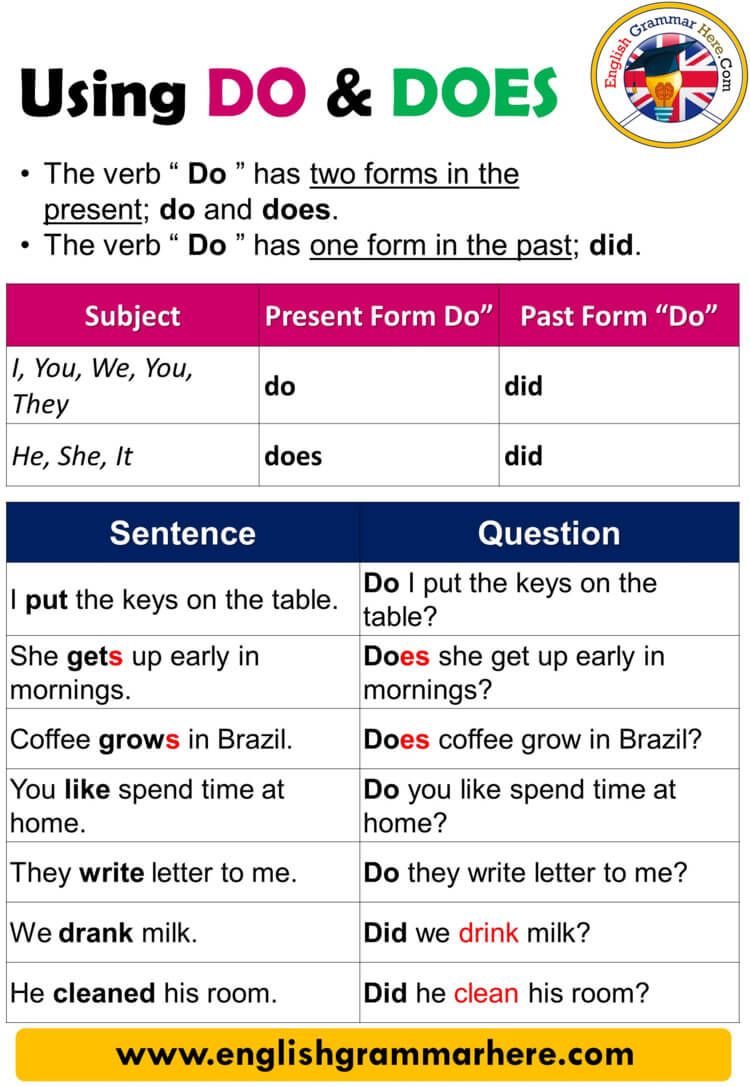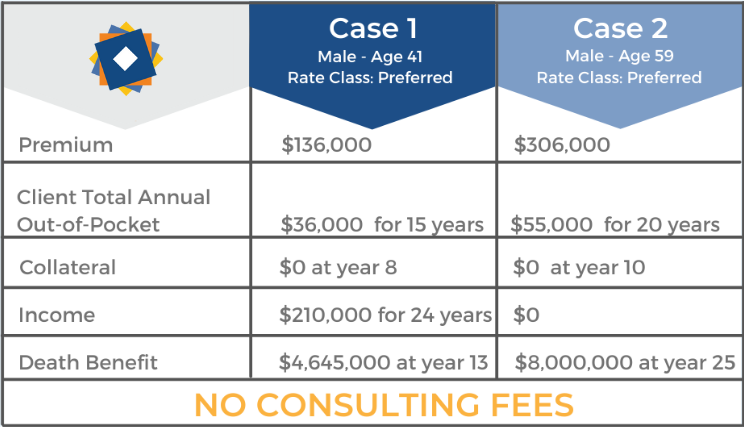Rockefeller Family Net Worth: Estimates, Context, and How Analysts Arrive at the Numbers
At a glance: What is the Rockefeller family worth today?
Public estimates commonly place the Rockefeller family’s combined wealth in the single-digit to low-teens billions of dollars, often cited around
approximately $8-11 billion
, spread among dozens of heirs, with wide uncertainty due to private trusts and diversified assets
[1]
[2]
. Because much of the fortune sits in long-standing trusts and private entities, no precise, audited, public figure exists
[2]
.
Why precise numbers are elusive
The family’s wealth has been stewarded for generations through trusts (notably those established in 1934 and 1952) and professional management entities historically associated with their family office. These structures hold diversified investments and significant real estate, and their records are not fully public, making exact tallying difficult
[2]
. According to publicly available historical overviews, the archives related to both family and individual net worth are closed to researchers, which leads analysts to provide
ranges
rather than exact figures
[2]
.
Context: How the fortune began and evolved
The modern Rockefeller fortune traces to John D. Rockefeller’s Standard Oil, founded in 1870, which dominated U.S. refining and pipelines before antitrust actions led to the creation of successor companies, including ExxonMobil and Chevron. Over time, the family diversified into finance, venture capital, and real estate while maintaining philanthropic leadership through institutions and foundations carrying the Rockefeller name [1] [2] . Historically, John D. Rockefeller’s personal wealth at its peak has been estimated among the greatest in American history, though historical-figure comparisons use different methodologies and inflation adjustments, making direct comparisons to current family-wide wealth inexact [3] .
What reputable sources say today
– A widely cited summary notes the family’s combined wealth has been reported at around
$8.4 billion
, dispersed among more than 70 heirs, emphasizing that this is an estimate and that wealth is spread across trusts and individuals
[1]
.
– Encyclopedic overviews stress that the
exact
combined wealth is not publicly known due to closed records and complex trust structures, underscoring the inherent uncertainty in any single-point estimate
[2]
.

Source: personworth.com
How analysts typically estimate a private family’s net worth
Because precise audited figures are unavailable, researchers triangulate using a repeatable process. You can apply the same steps to understand large dynastic fortunes:
- Inventory public assets : Identify known public securities with disclosed ownership stakes (e.g., successor companies to Standard Oil historically connected with the family). Use company filings, reputable financial databases, and credible media. Expect gaps where holdings sit within private trusts [2] .
- Assess private entities and trusts : Note the existence of major historical trusts (e.g., 1934 and 1952). While beneficiaries and allocations are private, the presence of these vehicles signals diversified portfolios beyond easily visible holdings [2] .
- Estimate real estate and hard assets : Factor in notable real-estate positions and cultural assets historically associated with the family; valuations often require appraisals, market comparables, and adjustments for control, liquidity, and co-ownership. Public overviews confirm diversified real estate but do not provide precise figures [2] .
- Apportion across heirs : Use the reported scale of heirs (often referenced as 70+). This informs how widely wealth may be distributed, reducing the likelihood of concentrated control by any one individual and increasing variance in per-heir net worth estimates [1] .
- Apply valuation ranges and uncertainty : Given private structures and closed archives, produce a range (e.g., single-digit to low-teens billions) rather than a point estimate, and clearly label assumptions and data limitations [2] .
Real-world example: Reconciling different published figures
Suppose Source A reports a family-wide estimate near $8.4 billion dispersed across 70+ heirs, while Source B emphasizes that the exact figure is unknowable due to private trusts. A practical synthesis treats the $8-11 billion band as plausible, noting that the lower bound aligns with frequently cited summaries and the upper bound accommodates diversified assets and market fluctuations. The key is attribution and transparency: clearly cite that the “unknown exact figure” caveat comes from the historical and structural privacy documented in reliable overviews [1] [2] .
Step-by-step guide to build your own estimate (for investors and researchers)
Use these practical steps to approximate a family’s aggregate wealth without relying on speculative links or unverified claims:
- Define the scope : Decide whether you are estimating the combined wealth of all living descendants and shared vehicles, or just the principal family branches. This choice changes the denominator (number of heirs) and influences concentration.
- Map entities : Create a diagram of known family entities (foundations, trusts, holding companies). Public encyclopedic entries and reputable institutional profiles can help identify the major components and their functions while acknowledging that specific allocations remain private [2] .
- Identify public equity exposure : Cross-reference historical ties (e.g., Standard Oil successors) with present-day public companies. Do not assume current ownership percentages; instead, look for credible mentions in institutional histories and filings. If filings don’t list the family directly, note that stakes may be held via intermediaries, trusts, or diversified funds.
- Estimate private asset classes : For venture, private equity, and private real estate, use conservative ranges based on similar family offices’ asset allocations. Historical notes of venture activity (e.g., early-stage investments via venture arms) indicate exposure but not size; apply reasonable ranges and clearly mark uncertainty [2] .
- Value philanthropy-related entities separately : Foundations and charitable vehicles typically have independent endowments and grantmaking mandates; avoid double-counting them as personal wealth, unless definitively structured for family personal benefit.
- Apply market adjustments : Use current market caps and index levels to reprice public exposures, then stress-test with +/- 15-30% market moves to reflect volatility bands.
- Distribute across heirs : If your goal is per-heir estimates, divide by a documented heir count (commonly cited as 70+ for this family), but state explicitly that distributions are unlikely to be equal [1] .
- Document assumptions : Keep an appendix explaining every assumption, source, and range so stakeholders understand the confidence intervals.
Common pitfalls and how to avoid them
– Overstating precision : Any single number risks implying false certainty. Prefer ranges and cite the privacy constraints documented by authoritative overviews [2] . – Double-counting institutions : Separately track philanthropic assets versus personal or family-trust assets. – Ignoring distribution across heirs : Public summaries highlight that wealth is spread among many descendants, which materially affects per-person assessments [1] . – Relying on unverified links : When in doubt, provide textual guidance and cite only established, accessible sources.
Frequently asked questions
Is the Rockefeller family still among America’s wealthiest? They remain wealthy by any standard, with estimates in the multibillion-dollar range; however, modern tech fortunes and concentrated founder wealth often surpass historic dynastic family totals, especially when spread over many heirs. Precise rankings vary by methodology, and closed records limit certainty [2] .
How does their historical wealth compare? John D. Rockefeller is often ranked among the wealthiest Americans in history, but historical comparisons depend on the inflation and relative-GDP methods used, and are not a direct proxy for present-day family-wide net worth [3] .
Why do some articles cite specific dollar figures? Writers and analysts often synthesize secondary sources, institutional histories, and known heir counts to produce headline-ready estimates. Authoritative summaries emphasize that the exact total remains unknown due to privacy and trust structures [2] .

Source: networthpost.com
How to responsibly reference figures in your reports
If you publish research or client notes, consider language such as: “Based on credible public summaries and the family’s known use of private trusts, a reasonable current-range estimate for combined family wealth is in the single-digit to low-teens billions of dollars, distributed among 70+ heirs, with substantial uncertainty due to closed records.” Then include citations to accessible, authoritative summaries noting both the commonly cited estimate and the explicit caveat that precise totals are not publicly known [1] [2] .
Key takeaway
Credible, accessible sources agree on two essentials: the Rockefeller family still holds a multibillion-dollar fortune distributed among many heirs, and no exact public figure exists due to private trusts and closed records. Treat any single number as an estimate, cite your sources clearly, and use ranges with documented assumptions [1] [2] .
References
[1] Trust & Will (n.d.). Rockefellers v. Vanderbilts: Estate Planning Lessons. [2] Wikipedia (n.d.). Rockefeller family. [3] Wikipedia (n.d.). List of richest Americans in history.



